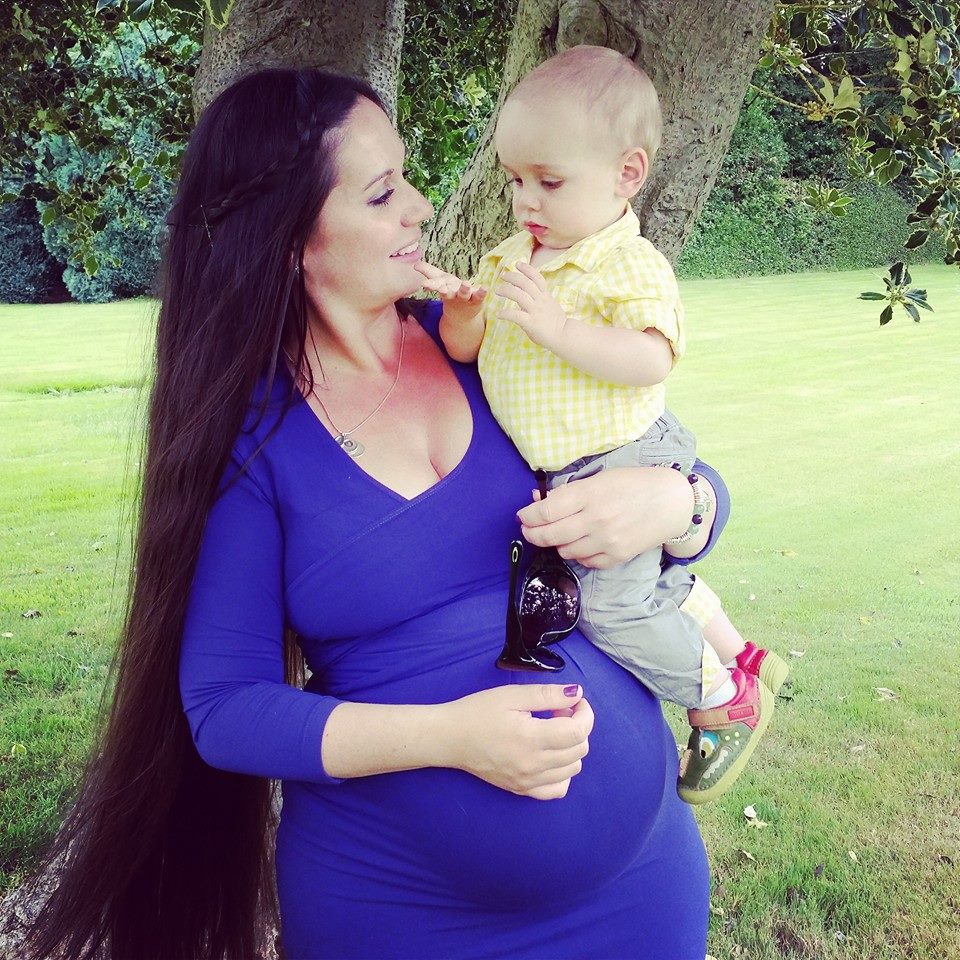So you’ve seen those little blue lines on your pregnancy test, you are over the moon. You’ve made it through an anxious first trimester, perhaps dealt with horrific morning sickness, or even had a bit of a scare. You’ve started to look more pregnant and maybe you are beginning to enjoy the experience a bit more and the excitement is building in the family.
As the latter part of the pregnancy approaches you might be dealing with a while new set of issues or difficulties, but you tell yourself every day it’s worth it because there will be a baby at the end of it.
We’ve covered pregnancy and incontinence on the blog before, but something else that some women suffer with that I’d probably stick in the same category as this would be haemorrhoids before and after pregnancy. One of the women I chatted to in hospital when I was having our youngest had suffered really badly with these, but she said the worst part was that no one seemed to want to talk to her about it.
Treating haemorrhoids starts with prevention, so here are risk factors to eliminate.
The leading cause is constipation, haemorrhoids or piles as they are often known, are small cushions located in the anal canal, that can suffer abrasion, and become squashed and irritated by the passage of hard stools and their expulsion. This is the reason why constipation is the leading culprit in haemorrhoidal problems.
In turn, constipation has its roots in a diet low in fibre which is essential for the regularity of bowel movements, but it is also caused by inadequate intake of fluids, as well as by physical inactivity – so drink and move more. By drink I mean water of course!
Here’s the good news: knowing the risk factors means knowing where to intervene to alleviate the problem, but more than that, knowing how to avoid the occurrence of haemorrhoids in the first place. Prevention is a powerful weapon available to everyone, and it is good to rethink our lifestyle should we ever feel “at risk” and even more so, should we already be suffering from recurrent or even chronic symptoms.
A remedy that has shown itself to be both effective and safe is the Doppler THD method, based on a surgical approach that is both minimally invasive and conservative. This type of surgery has revolutionised the surgical treatment of haemorrhoids due to its low patient impact, its tangible benefits and low post-operative recurrence rate. Across the proctological field it is for these reasons that it is considered one of the most effective treatment methods for haemorrhoids, even for the worst-case scenarios – so even if, like the poor woman I spoke to in hospital you have a severe case, there is hope and help out there.
Of course, our little people are worth any level of pain or discomfort BUT that doesn’t mean that if your are suffering that has to be in silence. Do your research and get some advice.



1 comment
I suffered during one of my pregnancies. Not nice and embarrassing!